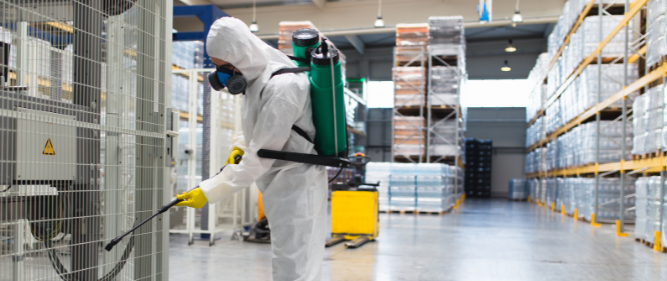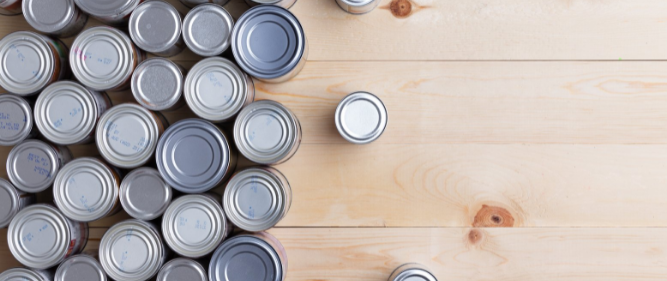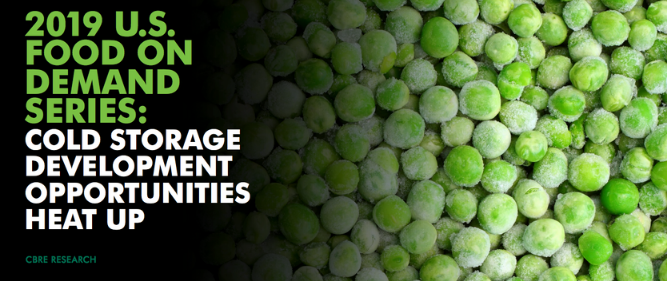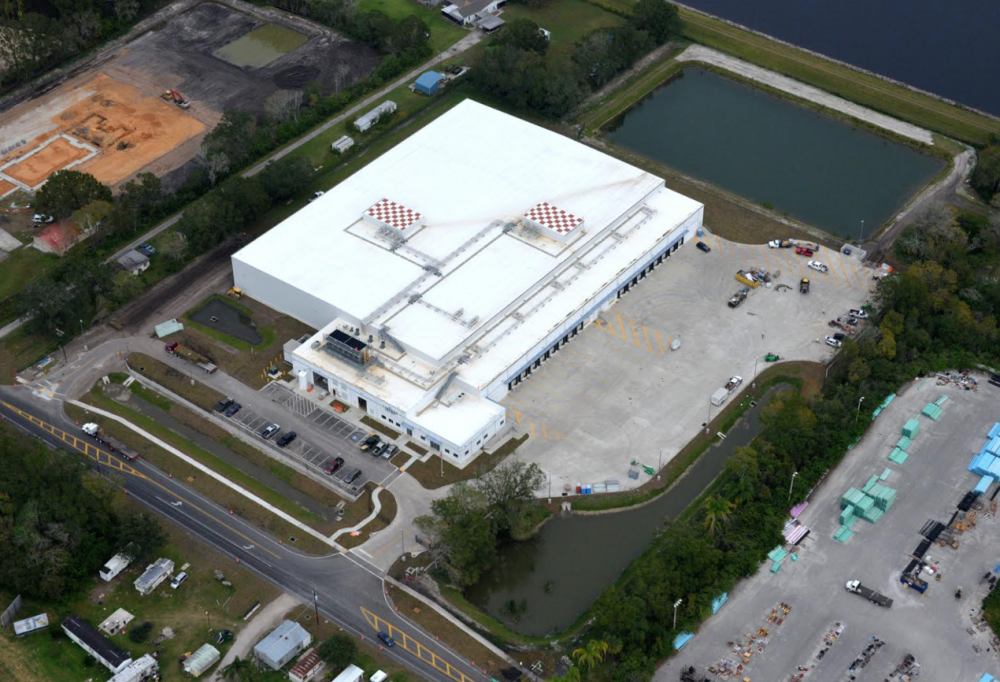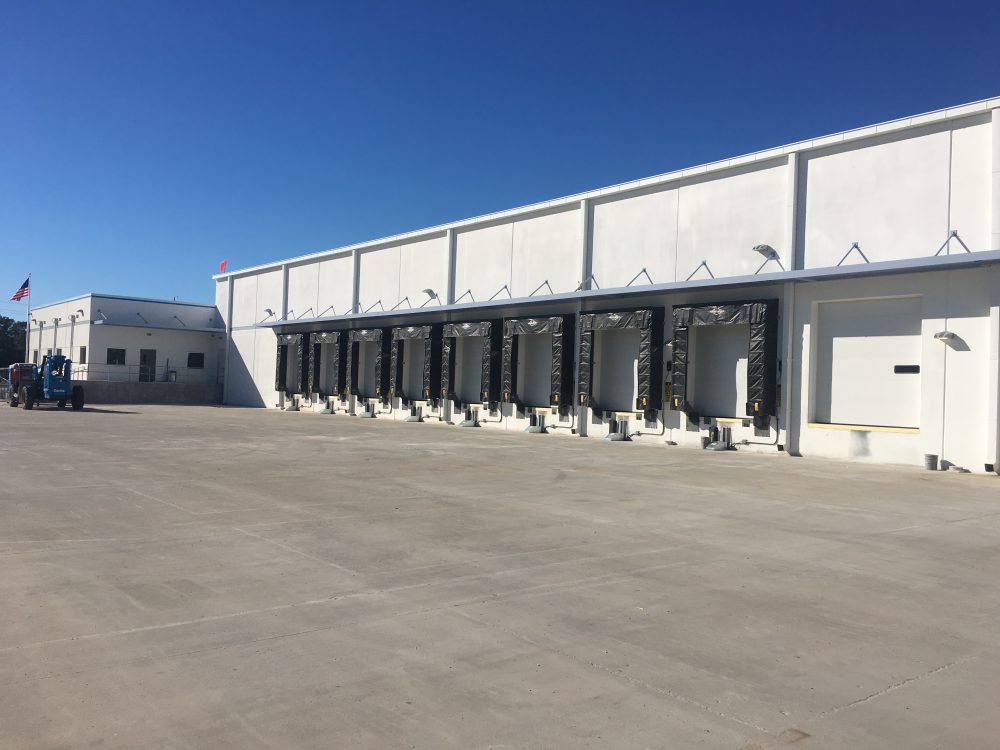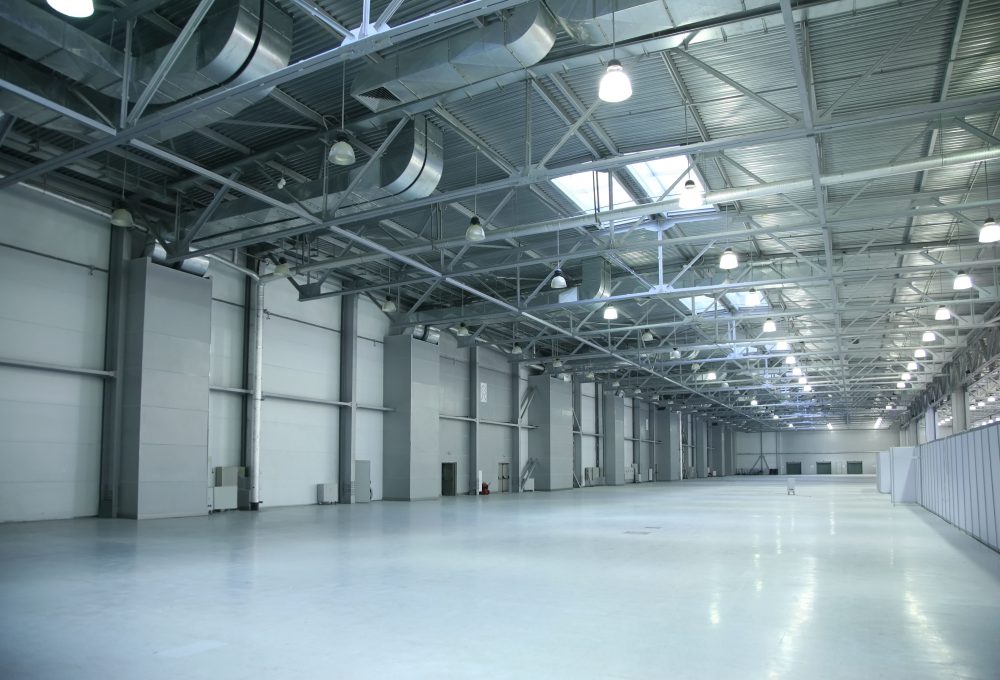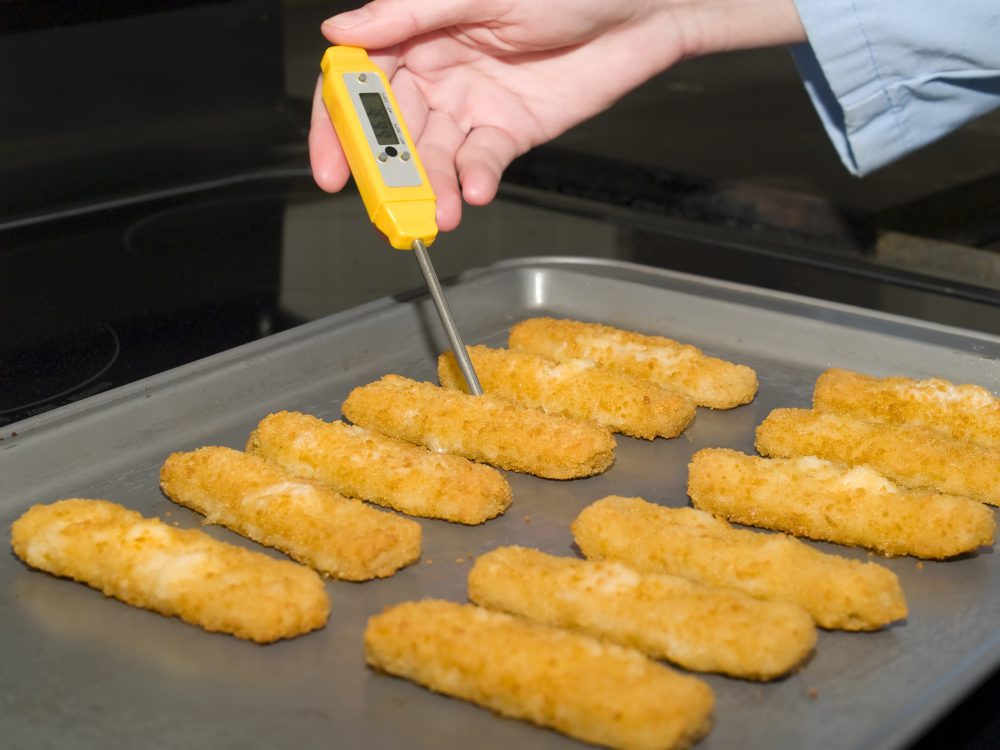Selecting the Best Drainage Systems for Food & Beverage Processing
Whether you’re building a new facility or upgrading an existing one, it’s vital to have a well-designed drainage system throughout your processing areas. In fact, the North American Meat Institute (NAMI) lists the prevention of liquid accumulation as one of the top three principles of sanitary facility design.
Poor drainage in a food and beverage facility can impede the sanitation process and greatly affect overall food safety. Meanwhile, proper drainage design speeds up cleaning and reduces health and safety risks for both workers and production.
When done incorrectly, your facility’s drainage system can contaminate ingredients and products that then must be discarded, directly impacting your bottom line. In addition, recalls caused by product contamination can damage both your company’s reputation and your product category.
Continue Reading “Selecting the Best Drainage Systems for Food & Beverage Processing”




